Exercise and Fibromyalgia
Fibromyalgia is a debilitating condition that affects roughly 1 to 3% of the general population. The syndrome is characterized by widespread muscle aches and pains, stiffness, fatigue and muscle spasms. Most people with fibromyalgia report difficulty doing everyday activities such as carrying objects, walking and competing ADLs (activities of daily living). Pain, fatigue, helplessness, psychological distress and
difficulty coping with stresses plague many people with the condition. The exact causes of fibromyalgia are not well understood, but it is thought to be a combination of increased sensitivity to pain and environmental and psychological factors. Criteria for diagnosis of Fibromyalgia from the American College of Rheumatology include:
- Chronic widespread pain in all four body quadrants
- Pain in 11 of 18 tender points
- Other symptoms: fatigue, weakness, attention and memory disturbances, heat and cold intolerance, and weight fluctuations.
For unknown reasons, a much larger percentage of women suffer from fibromyalgia than men.
Treatment of Fibromyalgia
Long-term effective treatment includes education, pharmacotherapy, behavioral therapy, and exercise. It is important to educate individuals that fibromyalgia is chronic, but it is not progressive and does not cause permanent damage or inflammation. Active participation is the key to improving their condition.
Can Exercise Help?
One would think that individuals with fibromyalgia shouldn’t exercise. And many people limit physical activity out of fear that it will make their symptoms worse. But in reality, if you have fibromyalgia, you can’t afford to not exercise.
If done correctly, exercise interrupts the downhill spiral of muscular and cardiovascular deconditioning and the resulting loss of function. Deconditioning leads to increased muscle soreness after even minimal amounts of physical activity. Additionally, many individuals have postural imbalances, tight muscles and poor range of motion, all of which place more strain on the body and movement.
A program including consistent aerobic exercise improves function, symptoms and well-being. And strength training improves muscle strength and reduces exercise-related pain and exercise-induced muscle fatigue. Overall, an exercise program can help to alleviate many of the physically and emotionally painful symptoms of fibromyalgia.
Exercising Safely With Fibromyalgia
Prior to increasing physical activity, discuss your plans with your physician. Because postural imbalances and tight, inflexible muscles are common in individuals with fibromyalgia, every activity session should begin and end with mobility (flexibility and range-of-motion) activities. You should also include self-myofascial release or foam rolling to help loosen tight muscles and prepare the body for movement. These exercises should be done slowly, emphasizing quality of movement, and never be painful.
Once you are able to perform these basic exercises comfortably, add strength training two to three times a week using light weights. The emphasis is not on quantity, but rather on the ‘quality’ of muscle movement. If you use too much weight, try too many sets or repetitions, you can cause muscular microtrauma, which leads to muscle soreness and can potentially worsen your symptoms.
Aerobic exercise should also be on your exercise plan. Warm water provides an optimal medium for beginning your exercise program. Many communities have facilities that offer warm-water exercise sessions for people with arthritis and these classes are ideal starting points for those with fibromyalgia as well. Walking is also an excellent activity. Other types of exercises, such as cycling, stairstepping and using other popular machines found in fitness facilities, may increase symptoms if you don’t maintain correct posture. Aerobic activities should be undertaken at a moderate intensity a minimum of three times per week. Start with just a few minutes and gradually increase duration to build up to 20 to 40 minutes of activity each day.
The key to exercise success for individuals with fibromyalgia is consistency. When you experience flare-ups, back off or take a day off. Resume your physical-activity program as soon as you feel better.
With appropriate mobility exercises, strength training and aerobic conditioning, you can expect to see improvement in your functional status overall.
How can an exercise professional help someone with Fibromyalgia?
 If you have fibromyalgia and are considering starting an exercise program, you may have questions such as:
If you have fibromyalgia and are considering starting an exercise program, you may have questions such as:
- What type of exercise should I be doing? Aerobics? Weight training? Both?
- How intensely should I be working?
- What if I feel pain or discomfort during exercise?
- Where should my heart rate be?
- What time of day should I exercise?
- Should I change my nutritional habits at all?
A certified personal trainer or other exercise professional can help to answer all these questions and develop an exercise program that is tailored towards your needs and abilities. Your trainer will do an initial evaluation on you to find out your baseline measures in terms of aerobic capacity, strength, flexibility, bodyfat, and circumference measurements. An evaluation may also look at your posture and how you perform basic movement patterns. Based upon this information, your trainer can determine what muscles may be tight and need to be stretched or foam rolled. The evaluation process will also indicate what muscles are weak and need to be strengthened through resistance training to help improve mobility and improve quality of life. An exercise professional can also formulate a target heart rate zone for you to train in while you perform aerobic exercise.
If you develop any symptoms during exercise, your trainer should recognize the situation and alter the activity accordingly. Individuals with fibromyalgia often have flare-ups of intense pain. Communication between you and your trainer can help to pin point certain exercises or movements that may cause these flare-ups and be avoided or decrease the intensity. Sometimes rest is the best remedy for pain flare-ups. Your trainer will develop a strength training routine customized towards your needs and abilities and shows you ways to modify exercises or movements that may be too intense or demanding, especially at first. The goal of the client-trainer relationship is to create an exercise program that is effective, challenging, yet comfortable and ultimately leads to a better quality of life.
Eric Lemkin is a certified personal trainer, strength & conditioning specialist, corrective exercise specialist and founder of Functionally Active Fitness. Lemkin has been a certified personal trainer for 17 years and has helped people ages 8-80 reach their fitness goals through customized personal training – specializing in exercise for the elderly or handicapped.
References
1. Wolfe, F.H., K. Ross, J. Anderson, et al. Aspects of fibromyalgia in the general population: sex, pain threshold, and fibromyalgia symptoms. Journal of Rheumatology 22:151–156, 1995.
2. Buchwald, D., P. Umali, J. Umali, et al. Chronic fatigue and the chronic fatigue syndrome: prevalence in a Pacific Northwest health care system. Annals of Internal Medicine 123:81–88, 1995.
3. Skinner, J.S. Chronic fatigue syndrome: Matching exercise to symptom fluctuations. The Physician and Sportsmedicine 32:28–32, 2004.
4. Tuck, I., and D. Wallace. Chronic fatigue syndrome: A woman’s dilemma. Health Care of Women International 21:457–466, 2000.
5. Clauw, D.J., and L.J. Crofford. Chronic widespread pain and fibromyalgia: What we know, and what we need to know. Best Practices in Research and Clinical Rheumatology 17:685–701, 2003.
6. Norregaard J., P.M. Bulow, J.J. Lykkegaard, et al. Muscle strength, working capacity and effort in patients with fibromyalgia. Scandinavian Journal of Rehabilitation Medicine 29:97–102, 1997.
7. Simms R.W., S.H. Roy, M. Hrovat, et al. Lack of association between fibromyalgia syndrome and abnormalities in muscle energy metabolism. Arthritis and Rheumatism 37:794–800, 1994.

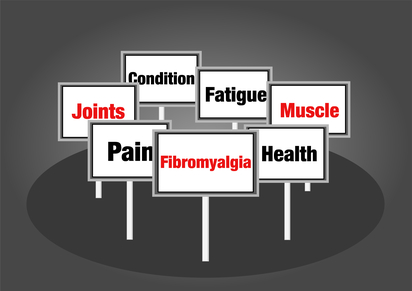

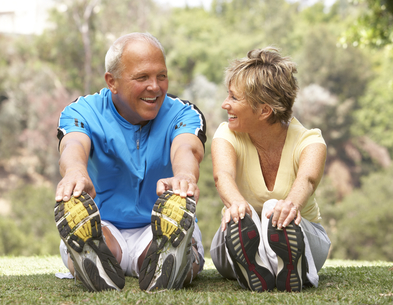
 To understand this, let me give you a very brief intro to oxidative stress. We have all read about the importance of eating our fruits and vegetables to provide much needed antioxidants. This is because we live a life where oxidative stress is in abundance. As exercise is the one and only Rx with no bad side effects, the truth is, we should always say “the right exercise”.
To understand this, let me give you a very brief intro to oxidative stress. We have all read about the importance of eating our fruits and vegetables to provide much needed antioxidants. This is because we live a life where oxidative stress is in abundance. As exercise is the one and only Rx with no bad side effects, the truth is, we should always say “the right exercise”.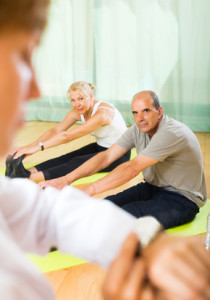 However, with people recovering from
However, with people recovering from 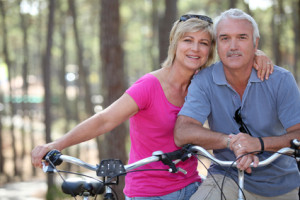 But the most important factor of all is the F factor, FUN. What will we actually, enjoy, embrace, do, and want more. We learn very quickly in the fitness business, “no time” is an excuse. When we know the literally infinite possibilities for physical activity, no time is an excuse, or, a very limited knowledge of what exercise is.
But the most important factor of all is the F factor, FUN. What will we actually, enjoy, embrace, do, and want more. We learn very quickly in the fitness business, “no time” is an excuse. When we know the literally infinite possibilities for physical activity, no time is an excuse, or, a very limited knowledge of what exercise is.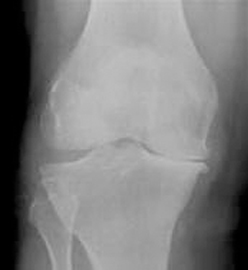
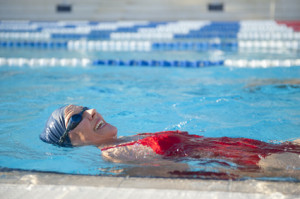 Water exercise
Water exercise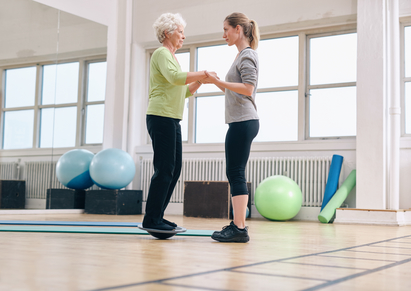
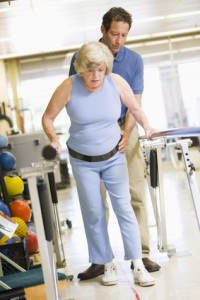 Balance Training
Balance Training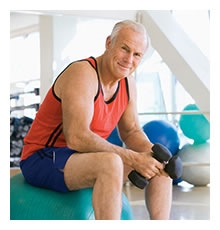
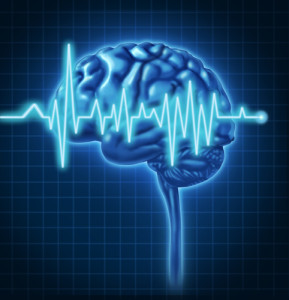 A stroke is caused by an interruption of the flow of blood to the brain or by a rupture of blood vessels in the brain. The damaging effects of a stroke depend on what parts of the brain are affected, as well as the amount of damage. Common after affects contribute to resulting weakness on the side contra lateral to the brain injury.
A stroke is caused by an interruption of the flow of blood to the brain or by a rupture of blood vessels in the brain. The damaging effects of a stroke depend on what parts of the brain are affected, as well as the amount of damage. Common after affects contribute to resulting weakness on the side contra lateral to the brain injury.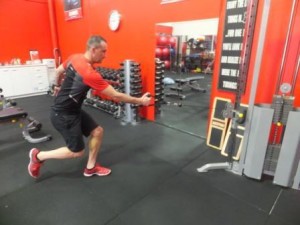 With the stroke or brain affected clients we had more success with starting with more complex and difficult tasks often completed in a split stance, using contralateral arm and leg movements. (See picture).
With the stroke or brain affected clients we had more success with starting with more complex and difficult tasks often completed in a split stance, using contralateral arm and leg movements. (See picture).
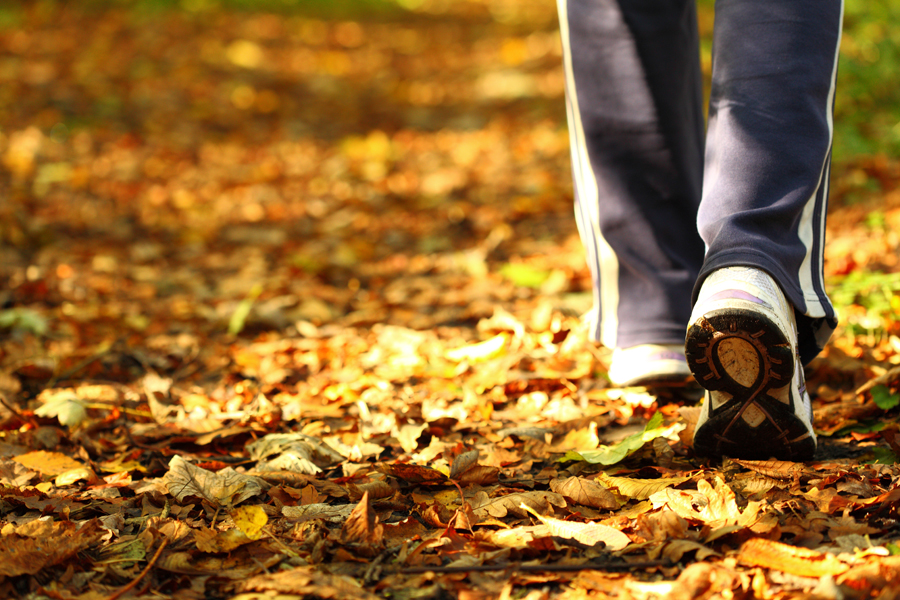



 Sometimes, being active can actually make it more challenging for you to manage your blood glucose (“blood sugar”) levels, unless you learn more about its effects. I have always known at some level that exercise generally did good things for my blood glucose, even before I had my first blood glucose meter (after going 18 years without access to one). How could I tell without a blood glucose meter?
Sometimes, being active can actually make it more challenging for you to manage your blood glucose (“blood sugar”) levels, unless you learn more about its effects. I have always known at some level that exercise generally did good things for my blood glucose, even before I had my first blood glucose meter (after going 18 years without access to one). How could I tell without a blood glucose meter? Over a longer period of time (2-3 hours), it usually comes back down, but who wants to wait that long?
Over a longer period of time (2-3 hours), it usually comes back down, but who wants to wait that long?